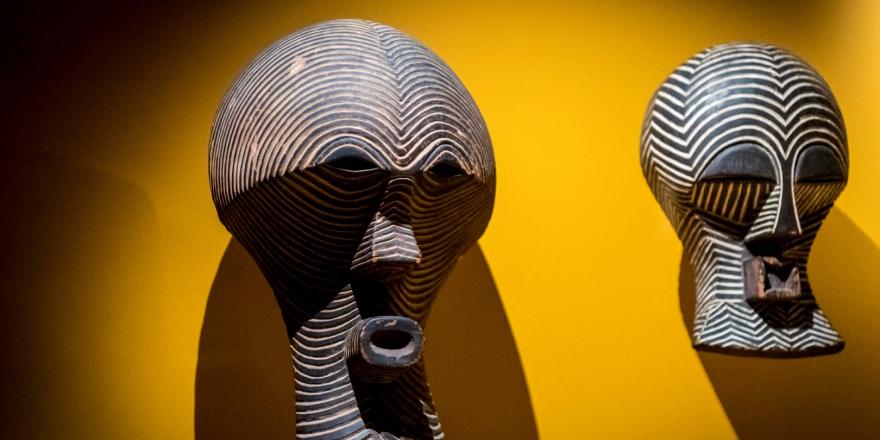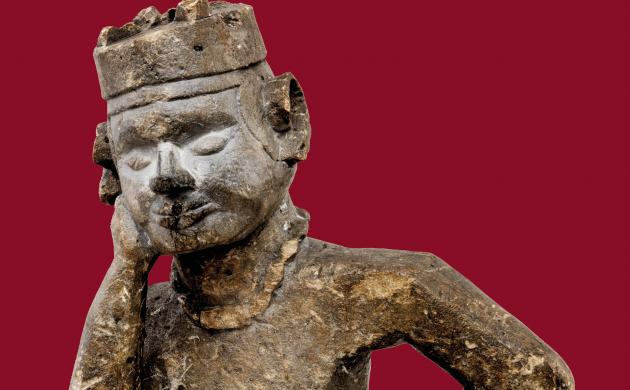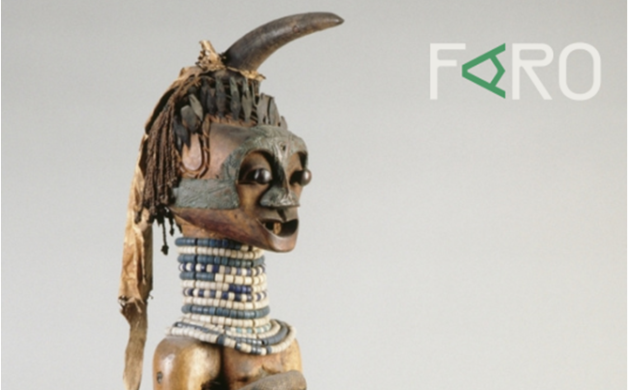Congo in the MAS
The origin of the Congolese collection in the MAS dates back about a hundred years. In 1920, the Museum Vleeshuis (Butcher’s Hall), one of the predecessors of the MAS, bought part of the collection of Henri Pareyn (1869-1928) [Fig. 1]. This art dealer, based in Antwerp, was one of the first collectors of Congolese cultural objects. After lengthy negotiations, he sold 1,600 objects from his collection to the city for 43,000 Belgian francs.
In the same year, the collection was expanded with a donation of some sixty Congolese cultural objects by Minister of Colonies Louis Franck (1868-1937) [Fig. 2]. This liberal politician and lawyer from Antwerp had come into possession of the objects during an inspection trip in the colony for which he had held political responsibility since 1918.
The creation of this Congolese collection is therefore closely linked to the role of Antwerp as the primary European port for colonial goods from Congo. Right from the establishment of the Independent Congo State in 1885, the urban elite played a major role in the military conquest of the Congo Basin, the expansion of the colonial economy and for religious missions. In 1885, 1894 and 1930, the city of Antwerp was the backdrop of a World’s Fair, each time with an extensive colonial section and twice a “human zoo”.
In order to expand the collection of cultural objects from the colony, the keepers of the Museum Vleeshuis maintained close ties with Antwerp traders (including art dealers), colonial officials, merchants and entrepreneurs. The Congolese collection was first shown to the public in the attics of the Museum Vleeshuis [Fig. 3].
Due to an active acquisition policy, the Congolese collection, including a number of world-renowned art objects, would grow further in the years and decades to come. In 1952, together with objects from other parts of the world, they were housed in a separate city museum: the Ethnographic Museum. They have been part of the MAS “World” collection since 2007.
Provenance research from a Belgo-Congolese perspective
While the names of the “donors” and “sellers” of the Congolese cultural objects are well documented, we know much less about how they in turn got hold of them. Were they legally acquired or is the MAS in possession of looted art? Under which circumstances did the objects disappear from the hands of the Congolese owners? And which Congolese artists made them? There are numerous questions, which are being asked increasingly in recent years, both by origin communities and within the museum field.
With the project “Congolese heritage in the MAS. Provenance research from a Belgo-Congolese perspective (2022-2023)”, the MAS is looking for relevant information to formulate an answer to these questions. It is being carried out with the cooperation of partner organisations FARO, the Royal Museum for Central Africa (Tervuren) and KADOC (Leuven).
A newly recruited project coordinator, Bram Cleys, will be responsible for the realisation together with Curator Africa Els De Palmenaer and the Congolese project leader Donatien Dibwe dia Mwembu. They will examine the provenance history of a number of Congolese cultural objects more closely and better map out the Antwerp network of donors and art dealers. Dr. Donatien Dibwe dia Mwembu is coordinator of the Observatoire du Changement Urbainde Lubumbashi and emeritus professor at the Université de Lubumbashi. He is involved in the project to coordinate the Congolese part of the study and as an expert in oral history.
A team of Congolese researchers has been on the road since February 2023 [Fig. 4] to map out how selected objects and their disappearance from Congo are remembered. We compare oral testimonies from Congolese informants with information that we retrieve from the archives of the MAS, colonial archives or archives of mission institutes. Through this combined methodology, we hope to create breakthroughs in the provenance histories of these cultural objects. The project also aims to be a test to study whether this way of working can develop into a model for future provenance studies, inside or outside the museum.
The MAS research project is co-financed by the Department of Culture of the Flemish Community and is an offshoot of the provenance study that started up within the framework of the temporary exhibition “100xCongo. A Century of Congolese Art in Antwerp” (2020-2021).
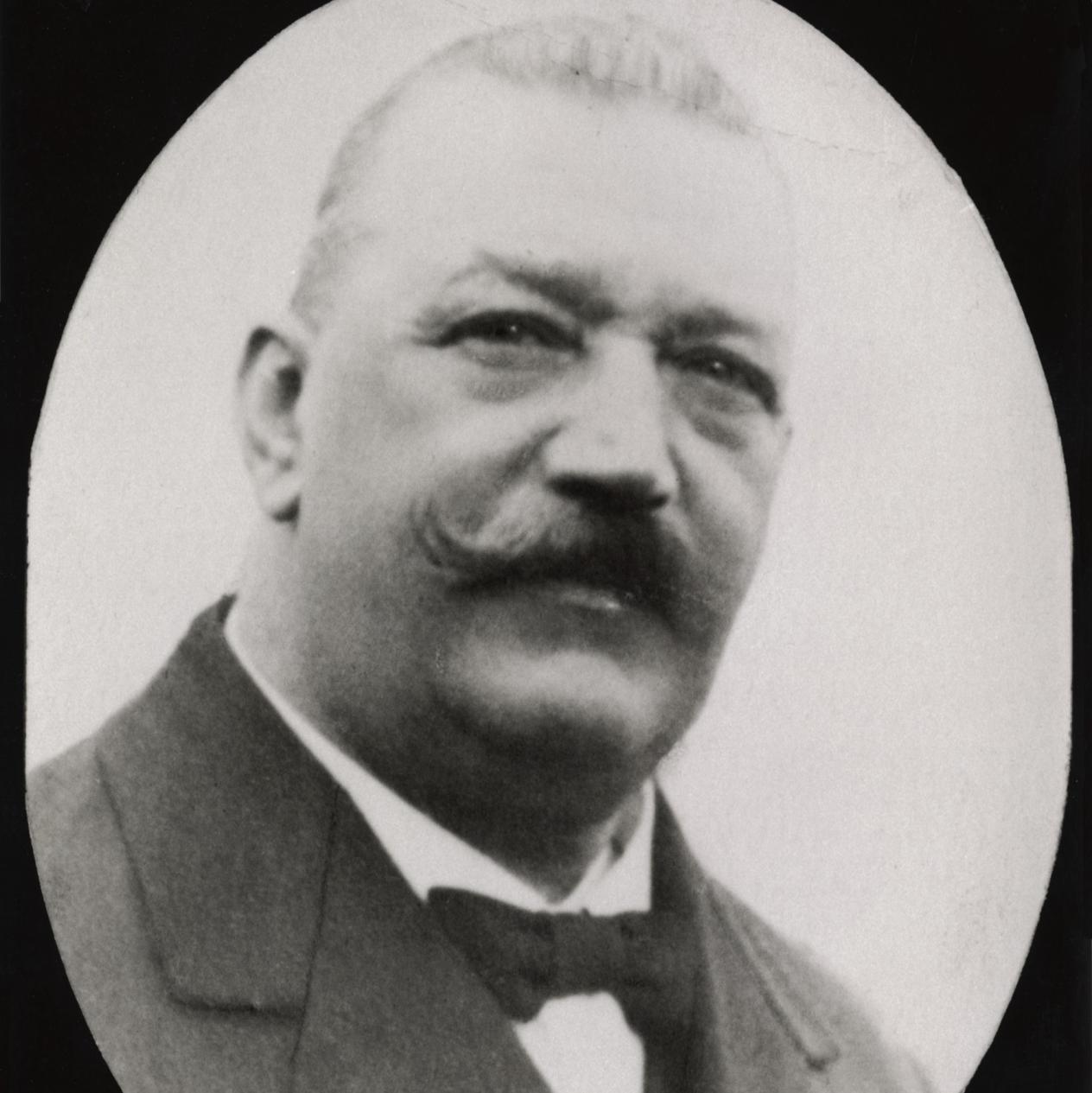
[Fig. 1] Henri Pareyn, pioneer collector and dealer in Central African art. Collection city of Antwerp, MAS
In 1920, Henri Pareyn sold part of his collection to the Museum Vleeshuis in Antwerp. This laid the foundation for the Congolese MAS collection. Traces of how the objects came into his possession are missing from the MAS archive. He left no names of the persons from which he acquired the cultural objects.
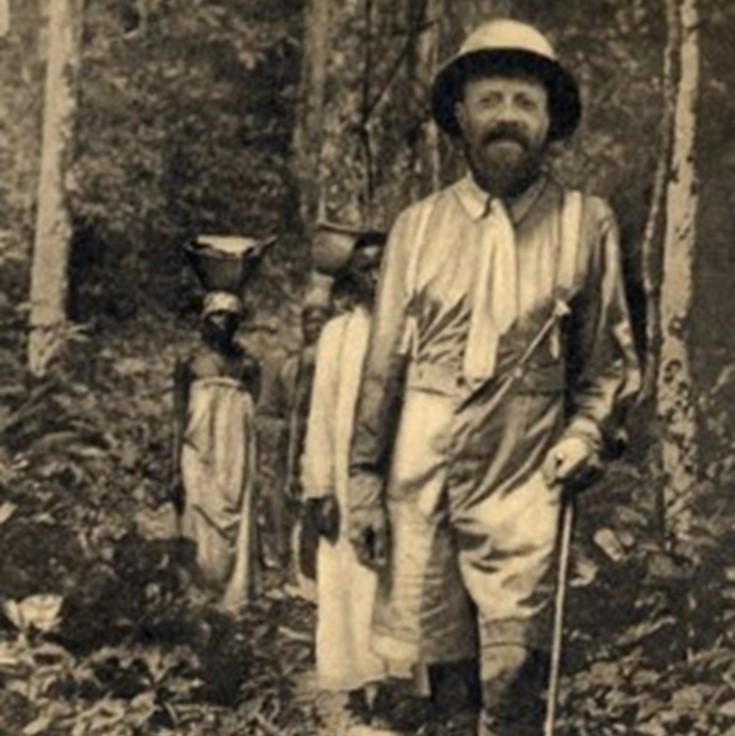
[Fig. 2] Louis Franck on his way through the Belgian Congo in 1920. Photographer: colonel Albert Paulis, 1920.
Upon returning home, he donated the Congolese objects he had obtained to the city of Antwerp without any relevant origin data.
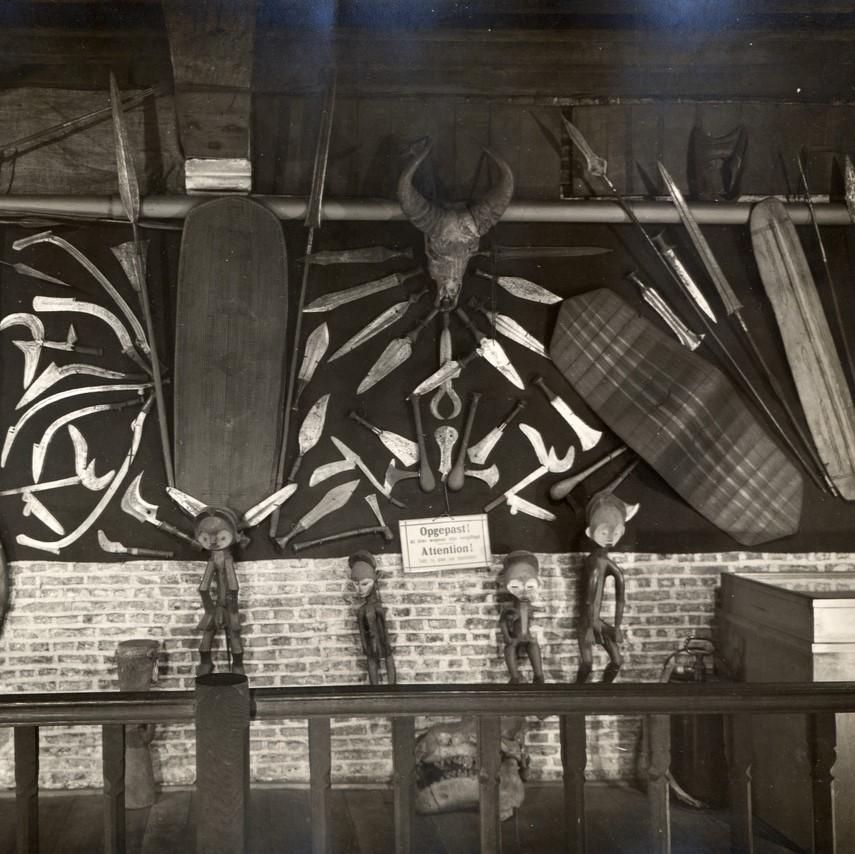
[Fig. 3] The Congolese section on the attic floor of the Museum Vleeshuis
On display are a panoply of weapons, shields and Mbole statues. MAS collection, AE. 2009.0152.0007.
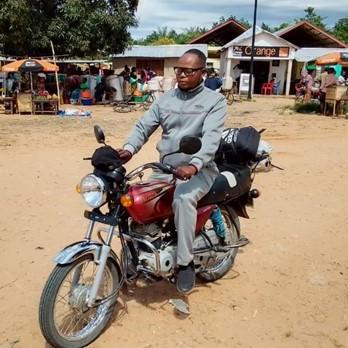
[Fig. 4] Researcher Dieudonné Kabuetele collected testimonies in Indanga and Yenga.
Here he is on the way back in Kabeya Kamwanga (province of East Kasaï, DRC). February 2023.
More information
- About the temporary MAS exhibition “100 x Congo” (2020-2021): https://mas.be/en/content/100-x-congo
- About the Restitution Belgium working group: https://restitutionbelgium.be
Do you have any questions about the Congo MAS provenance study project or would you like to respond?
Send an email to mas@antwerpen.be


